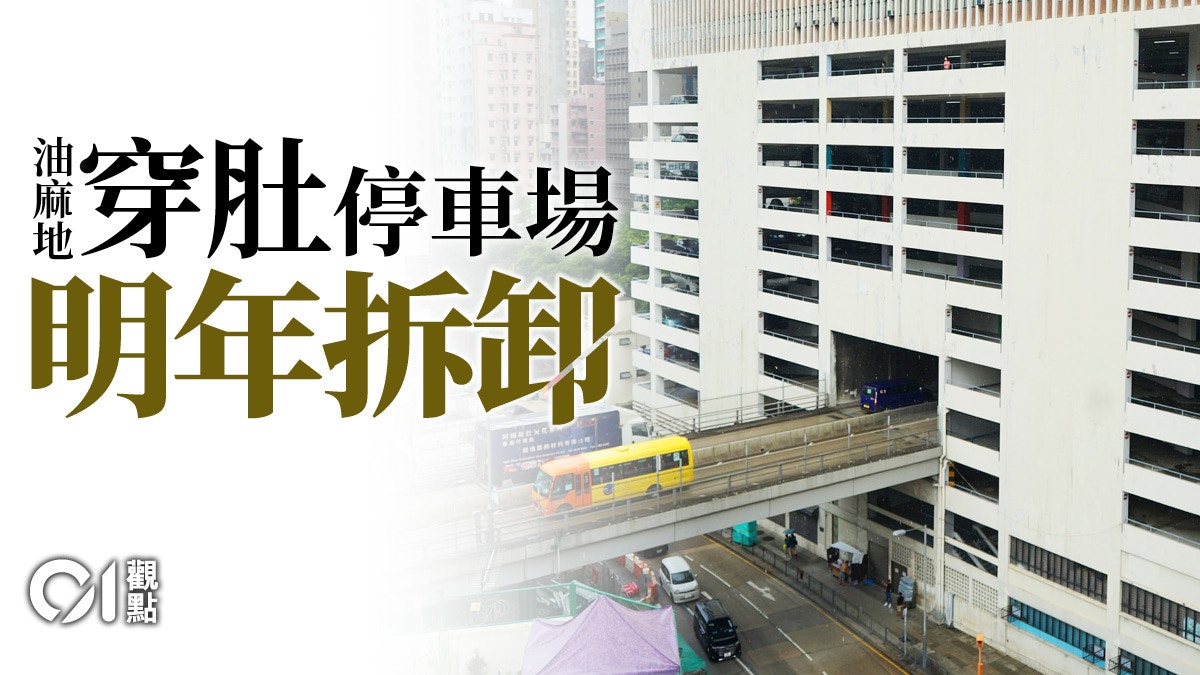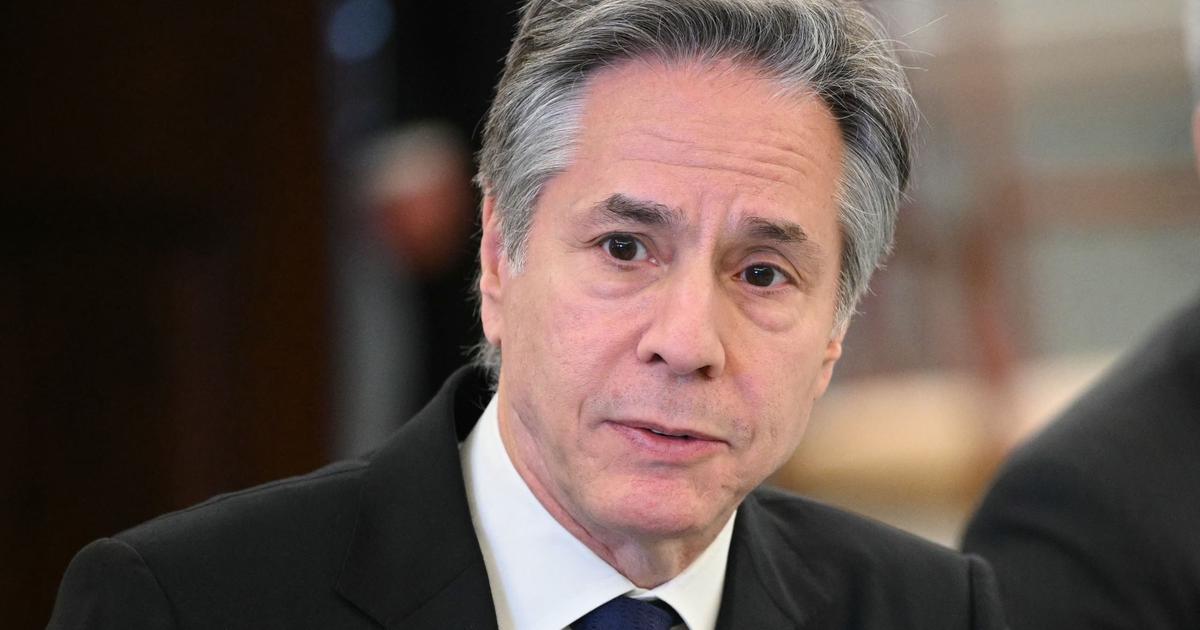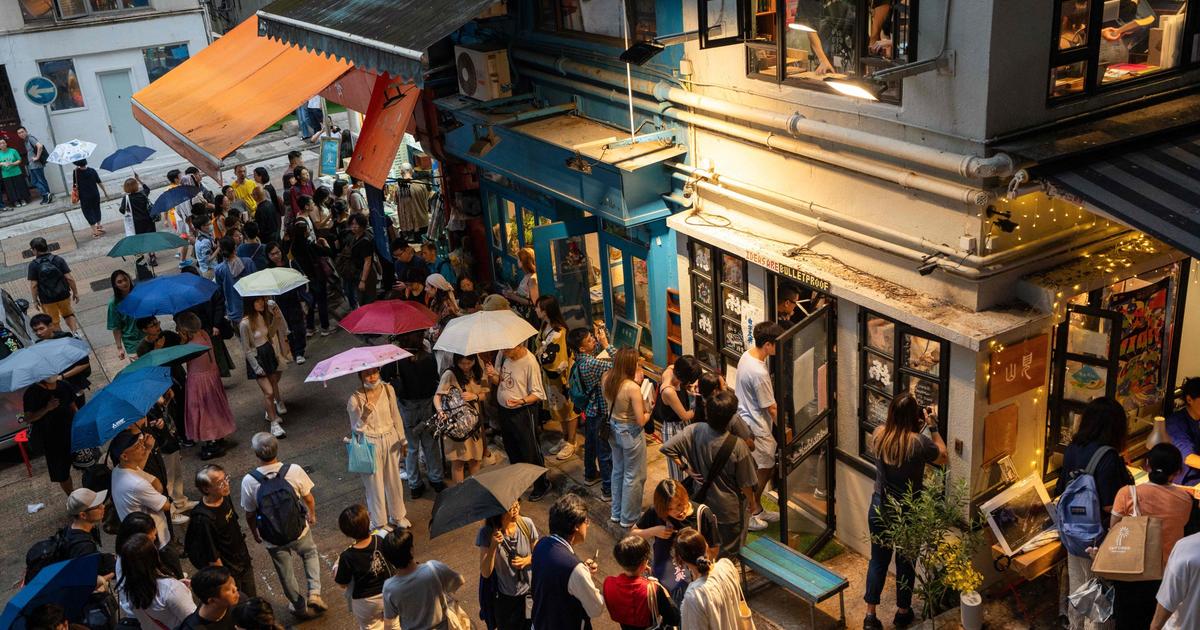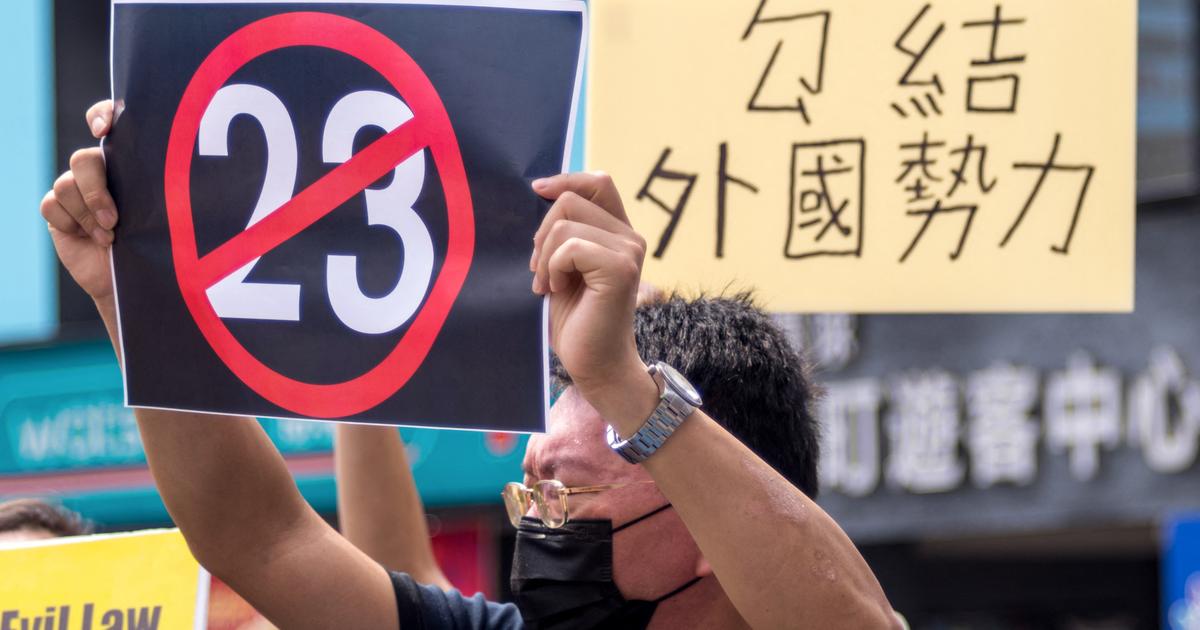01 view
Written by: Commentary Editing Room
2020-09-02 06:30
Last update date: 2020-09-02 06:30
The Yau Ma Tei car park will be closed in phases from November this year and will be fully closed next year. It will be demolished to build the Central Kowloon Route.
As soon as the news of the closure came out, the media recalled this landmark building one after another. Many netizens worried that parking spaces nearby would become more tense in the next few years and parking violations would become more serious.
Nostalgia and worry are natural, but the problem is that the number of local vehicles is overwhelming.
The government must dare to limit the number of private cars that account for the largest proportion, and problems such as shortage of parking spaces and traffic congestion will come to an end.
Since 1957, Yau Ma Tei Car Park has served Hong Kong for 63 years. It has been a pioneer in multi-purpose building. In addition to providing 770 private cars, vans, and 76 motorcycle parking spaces, the ground and top floors are government departments. It has been added since 1977. The Shigu Road flyover "crosses" is a unique landscape in the urban area of Kowloon.
The 2nd to 5th floors of the building are partially hollow, and a vehicular bridge runs through them.
(Photo by Lu Nuojun)
Must monitor traffic flow and illegal parking
Although the utilization rate of Yau Ma Tei parking lot is not the highest in Hong Kong, about 55%, it is better than the number of parking spaces and it is located in the urban area. In June this year, about 2.98 vehicles were parked. The daytime utilization rate has long been 20 to 30% higher than that at night. A considerable number of parking spaces meet the needs of commercial or work.
In the past few years, the Middle Road parking lot was demolished and rebuilt. The utilization rate of the Yau Ma Tei parking lot has increased, and the replacement role has become more obvious.
In order to construct the Central Kowloon Route, the Yau Ma Tei car park has to be cleared. Even though the government has designated a temporary car park at the junction of Jordan Road and Lin Cheung Road, the location is always green by the downtown area. It is quite doubtful whether the driver will be willing to park there.
Some will choose middle road or nearby private parking lot.
Regardless of the choice, the traffic flow must change and some road sections become congested.
The bigger problem is that some drivers may be greedy for temporary convenience, or feel that the private parking lot is expensive at times, and park directly on the street, blocking traffic flow.
There are businesses and residents near Yau Ma Tei, among them many elderly people with limited mobility. The Transport Department must monitor changes in traffic flow, punish offenders, and reduce the impact on nearby residents.
Many commercial parking spaces and loading and unloading spaces for trucks in downtown areas are also insufficient.
(Profile picture)
Need to control the growth of private cars
The shortage of berths is a problem for the government to recruit itself.
In the past, the government misjudged that there was a surplus of reserved parking spaces, so it revised the "Hong Kong Planning Standards and Guidelines" in 2003 to lower the proportion of residential parking spaces in an attempt to suppress the demand for private cars.
However, in the past decade or so, the economy has generally improved and the desire to buy cars has increased.
From 2006 to 2019, the increase in private car parking spaces was more than 10%, while the number of licensed private cars increased by more than 50% to more than 620,000 during the same period, far exceeding the former and also far exceeding the growth of other vehicle types.
In addition to the shortage of private parking spaces, it has become a speculative tool. When parking spaces are reserved for private cars, vehicles such as coaches, vans, and buses must be parked on the roadside.
There is no shortage of land in Hong Kong, but the berths cannot be far away from downtown and residential areas, and the available space is limited.
When the gap between the number of private cars and the increase in parking spaces is so huge, a reasonable policy option is to control the growth of the number of private cars and encourage the abandonment of private cars.
However, the government only focuses on increasing parking spaces and setting up smart parking systems to meet existing needs, but has no intention of encouraging abandonment of vehicles and suppressing future demand.
The most obvious example is the Transport Department's discussion of increasing the number of private parking spaces in future housing development projects in the medium and long term, and requiring private developers to provide the scope of the "Hong Kong Planning Standards and Guidelines" for at least 25 new development projects since 2018. The higher the number of parking spaces in China involves no less than 4,000 parking spaces, but the proportion of commercial vehicles is not stated.
Number of licensed vehicles and parking spaces from 2008 to 2018.
(Screenshot of Legislative Council Document)
The Yau Ma Tei parking lot has witnessed the growth of Hong Kong and is convenient for many Hong Kong people to travel and do business. However, we still have to ask whether the parking lot is worth keeping in a busy city, and even if it is worth it, priority should be given to commercial vehicles.
The government should try to make the public reduce the use of private cars, instead of trying to find land to increase parking spaces.
Reducing the flow of private cars can free up roads for commercial and public vehicles, which will help increase the speed of vehicles and benefit the whole.
In fact, there are already good policies in the market, whether it is electronic road pricing, relaxation of online car-hailing, ride sharing, etc., only waiting for the government to adopt.
Dapai “beef jerky” cannot cure the root cause. Lack of berths is the immediate cause and the uncontrolled growth of cars is the far cause
[Policy Address] It’s better to relax online car-hailing instead of increasing parking spaces?
[No parking space] The government is better to end the growth of private cars than to use more than one place
01 view
Parking lot traffic congestion 01 view







/cloudfront-eu-central-1.images.arcpublishing.com/prisa/3I74UEXLYRBBRPGPSGWNN6WXH4.jpg)





